Zoos SA is seeing red about the extinction of species and is going green on the first ever IUCN Reverse the Red Day!
“When you visit Adelaide Zoo and Monarto Safari Park you’ll see the conservation status of a species on our signage and hear our keepers mention it when they deliver their talks. This information comes from the IUCN’s Red List of endangered species,” said Elaine Bensted, CE of Zoos SA
“The great news is that the Red List assessment has been expanded to show species recovery and conservation impact. This is known as the Green Status of Species. Hence Reverse the Red.
“As a conservation charity, we are always trying to reverse the decline of species. We’re proud to mark Reverse the Red Day with inspiring results regarding conservation work that we’ve played a part in.
“Through the support we receive from our members and visitors we’re able to make a significant conservation impact locally and around the globe,” continued Elaine.
Reverse the Red Day comes on the back of encouraging visitor numbers over the school holiday period. From December 2022 to January 2023, Adelaide Zoo had a 68% increase in visitors compared to the year before with Monarto Safari Park seeing a 114% increase year on year.
Over 17,000 interstate visitors headed to Adelaide Zoo to ‘discover the wild within’ while 6,500 interstate visitors headed to Monarto Safari Park to answer the call of the wild.
“This year has seen the highest visitation to both Adelaide Zoo and Monarto Safari Park in six years,” said Elaine. “This means that we can carry out vital conservation work such as our breed and release programs as well as supporting conservation partners worldwide.”
One of the successes which is helping to Reverse the Red is Zoos SA’s work with the Red-tailed Black-cockatoo.
Michelle Birkett, Assistant Curator of Nature Theatre and Birds at Adelaide Zoo said: “At Adelaide Zoo and Monarto Safari Park we use the IUCN classifications to describe the current state of a species’ threat. Sadly, many of the species at Zoos SA are threatened by extinction including the South Eastern Red-tailed Black-cockatoo.
“Zoos SA partners with local landholders in the South East to reinstate habitat and vegetation that the cockies love such as stringybark and buloke.
“Conservation is always collaborative and there are many partners that we work alongside, in the case of the cockies we work with Trees For Life and BirdLife Australia, the National Landcare Program, Limestone Coast Landscape Board and South East Natural Resources Management Board.”
Professor Theo Pagel, WAZA Past-President and co-chair of the Reverse the Red Executive Committee backs up the significant impact that zoos make. “The role of zoos, aquariums, and botanic gardens play in bridging the gap between in situ and ex situ is critical for recovering species. Successful population discoveries, research, breeding and releases, and veterinary care are vital contributions to species that have made positive moves on the Red List. These institutions also play an important role in connecting people to nature and nature to people. We have a chance to be the first generation to reverse species decline if we all act together,” he said.
To mark Reverse the Red day Zoos SA is also sharing just a handful of species that they are helping: the Plains Wanderer, Warru, Kangaroo Island Dunnart, Greater Stick-nest Rat and its work on the Marna Banggara project. These can be viewed at www.zoossa.com.au/reversetheredday
More about Reverse the Red
The goal of Reverse the Red is simple but ambitious: we need to stop pushing our environment to the brink and relegating more species into worse and worse status on the IUCN Red List of Threatened Species.








